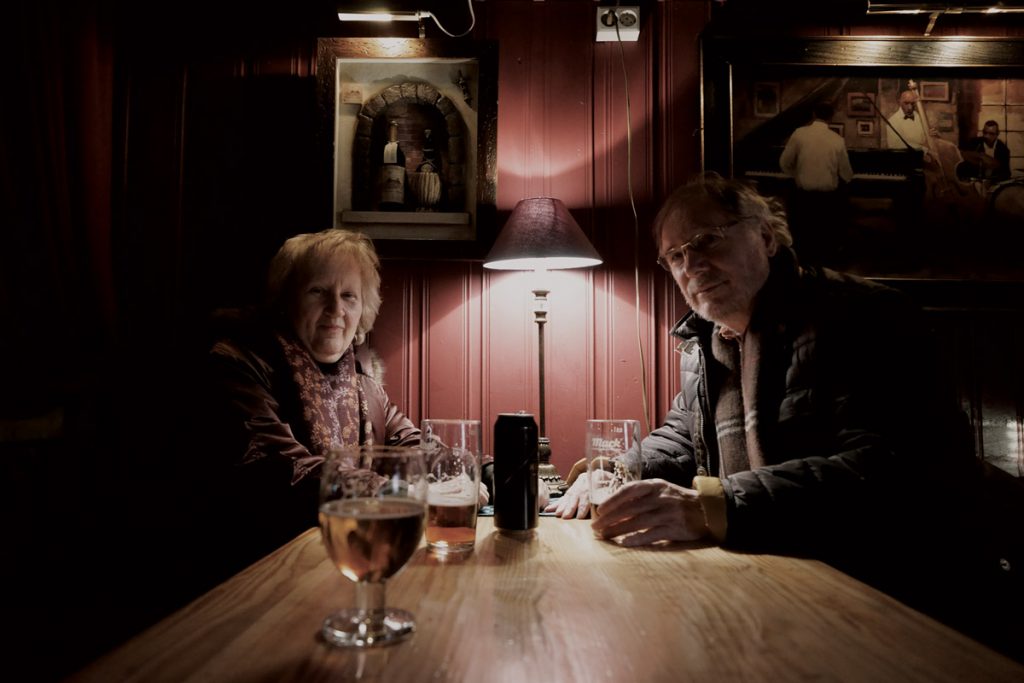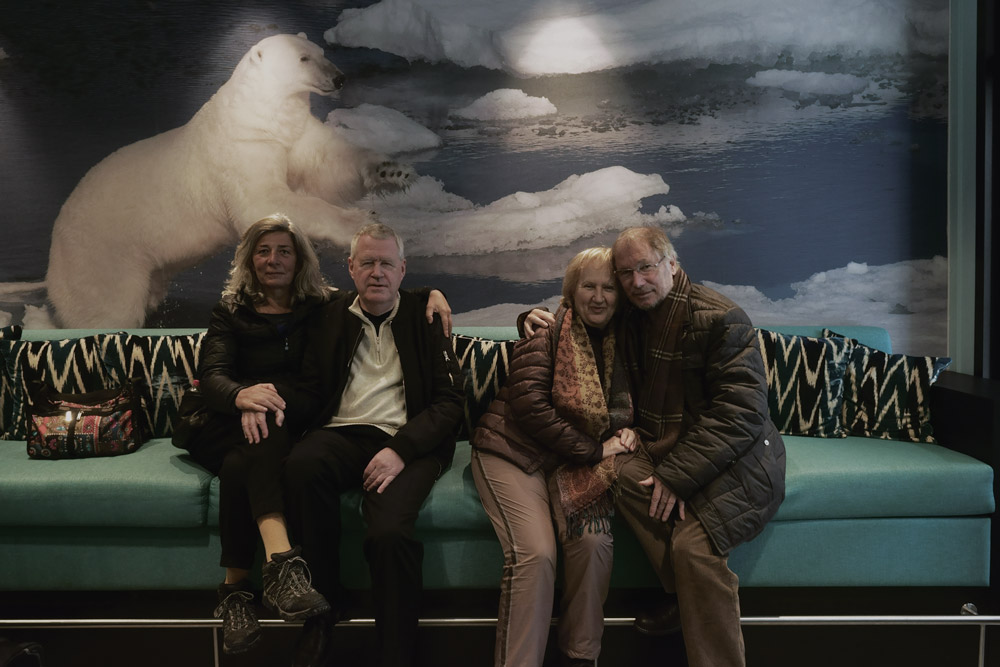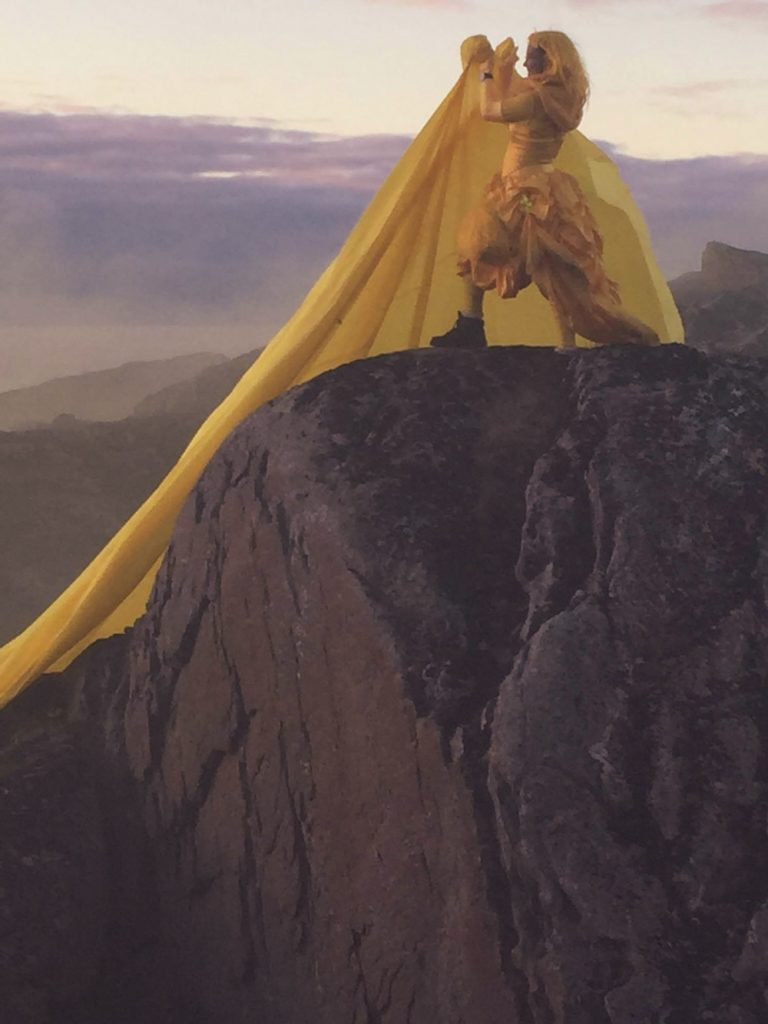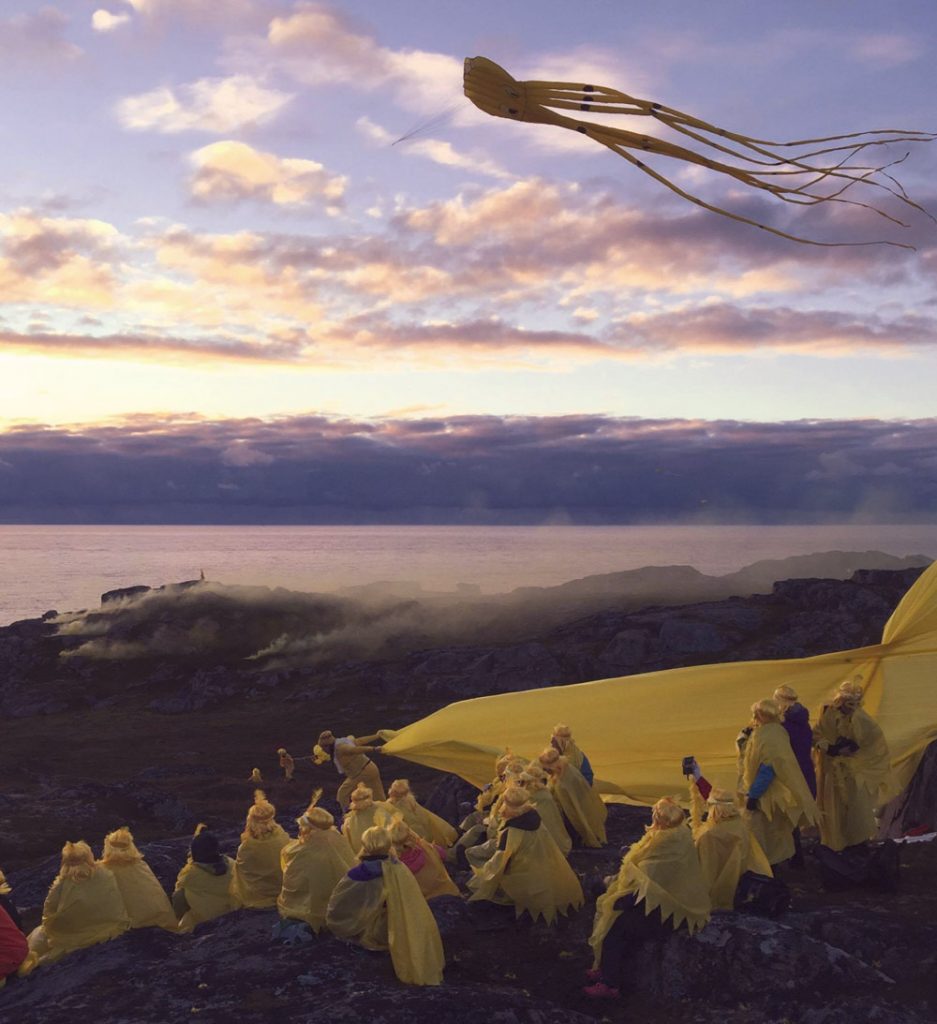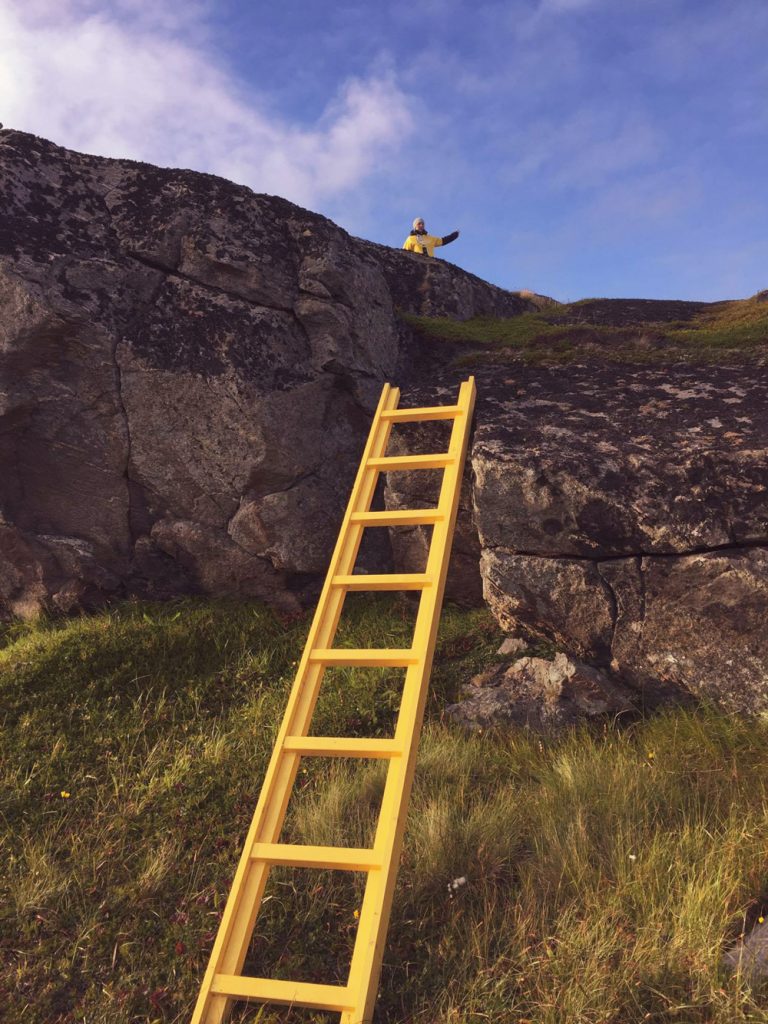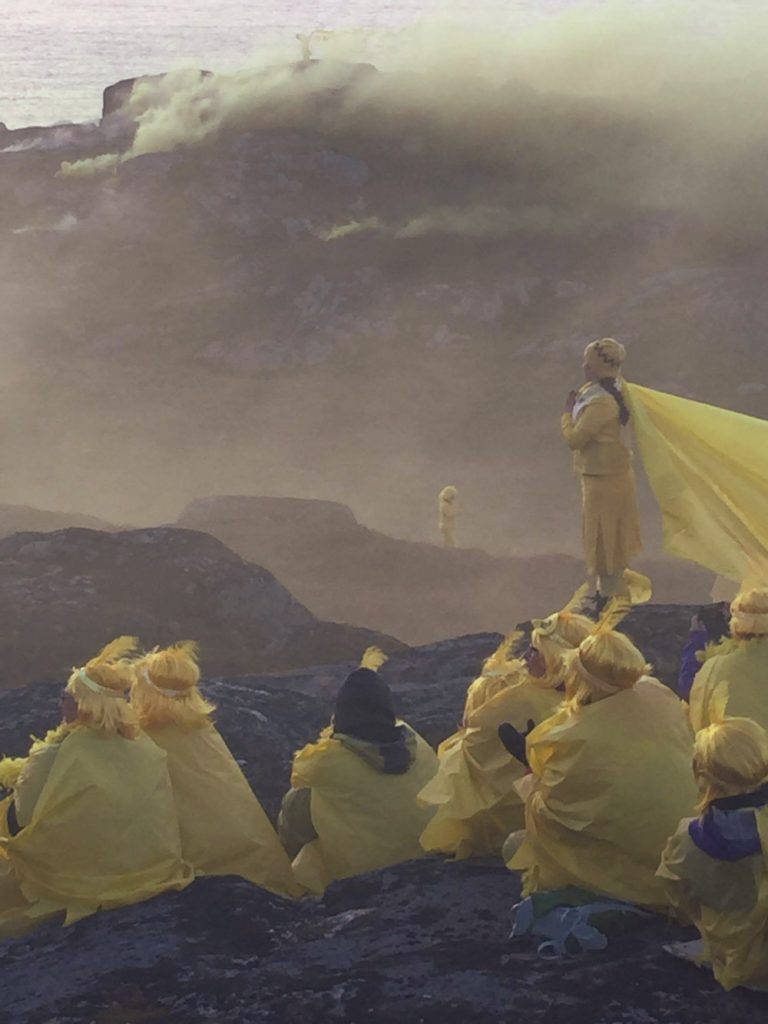In the Renaissance theatre moves into the houses. This is obviously a turning point and a deep cesura in the history of theatre. And some may claim, that the loss of the direct, visible connection to its natural environment was a major misfortune which happened to the art of theatre. However, at the Globe and some other places theatre continues to be played in the open air which gives a possibility for weather conditions to become or remain part of the theatre experience
Prologue
The following reflections and readings are a result of two invitations to experience the Nordic landscape. At both occasions, it was Professor Knut Ove Arntzen, our good friend since decades and estimated colleague, who invited Helene Varopoulou and myself to travel experiences in Norway, both impressive and each in its way unique. One led us to the theatre festival in Stamsund on the Lofoten islands in 2011. The other had the goal to witness the Lulleli-festivity on the small island of Ingoy. This event took place in order to celebrate the 150th anniversary of the opening of the first lighthouse of Fruholmen fyr which happens to be the most northern light house in the world. This second travel led us, together with Helena Waldmann and Arnd Wesemann from Tromsø to Havøysund with its small museum and from there to Ingøy. Helene Varopoulou and myself continued from here to Kirkenes close to the Russian border, from where we returned to Berlin. Most of the time we were accompanied by the Romanian visual artist Dan Miahltianu.
